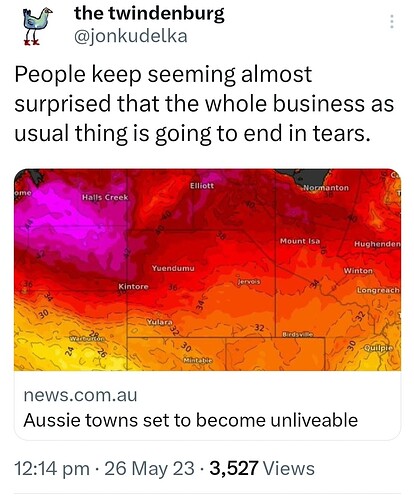Premier Peter Malinauskas to make third overseas trip as leader to Rotterdam for World Hydrogen Summit
Premier Peter Malinauskas will visit Germany and the Netherlands in his third overseas trip as leader.
South Australian Premier Peter Malinauskas has outlined how the state can capitalise on the challenges of decarbonisation. He outlined his plan for the $593 million hydrogen plant promised in the lead-up to last year’s state election.
Premier Peter Malinauskas will make his third overseas trip as leader to pitch his $600m hydrogen jobs plan at a Dutch industry summit and visit Germany – a global kingpin in the renewable fuel.
He will deliver a keynote address to the World Hydrogen Summit & Exhibition, touted as “the leading global platform where hydrogen business gets done” and expected to attract 8000 attendees in Rotterdam from May 9-11.
The four-night trip also will include an address to the World Energy Storage Exhibition & Forum, also in Rotterdam.
The trip’s German leg is likely to include meetings in Berlin with German Chancellor Olaf Scholz’s hydrogen adviser and other key government officials.
In an interview with The Advertiser, Mr Malinauskas said major bidders in the planned $596m hydrogen power plant near Whyalla would be at the Rotterdam summit but he would not be meeting them for probity reasons, while the contract was being assessed.
“But what I do want everyone to understand is that as far as investment is concerned, what we’re doing around the hydrogen jobs plan, what we’re doing about the hydrogen hub at Port Bonython, what we’re doing around the proposed Hydrogen Act, is going to make the state the place to invest in hydrogen globally,” he said.
Mr Malinauskas referenced hydrogen patent data in the past decade, showing 28 per cent had been produced by the EU (of which Germany was the biggest player) and 31 per cent by Japan and South Korea.
Mr Malinauskas’s previous overseas trips since being installed as Premier last year were in March to visit the United Kingdom’s nuclear-propelled submarine construction yard and to pursue hydrogen markets and investments in Japan and South Korea last October.
The Liberal Opposition has attacked Mr Malinauskas and his ministers for “picking five-star hotels where more reasonable accommodation is easily available” in a sustained assault on government travel costs.
In a key economic speech on March 29, Mr Malinauskas revealed a Hydrogen Act to be introduced to parliament mid-year would allow big global firms to “participate in grabbing land”with high-quality wind and solar energy potential.
He said investors wanted to plough billions of dollars into green hydrogen developments and needed land access for renewable-energy projects to power industrial-scale electrolysers.
The legislation is understood to allow for fair and equitable acquisition of pastoral land, in particular, suitable for wind and solar energy projects.
Addressing a London breakfast meeting during his second overseas trip as leader in mid-March, Mr Malinauskas revealed more than 60 applicants had responded to the procurement process for the state’s planned $596m hydrogen power plant near Whyalla.
He said the plan involved building the world’s largest hydrogen electrolyser and then using that to generate electricity, most likely through a combined cycle gas turbine or, possibly, fuel-cell technology.
